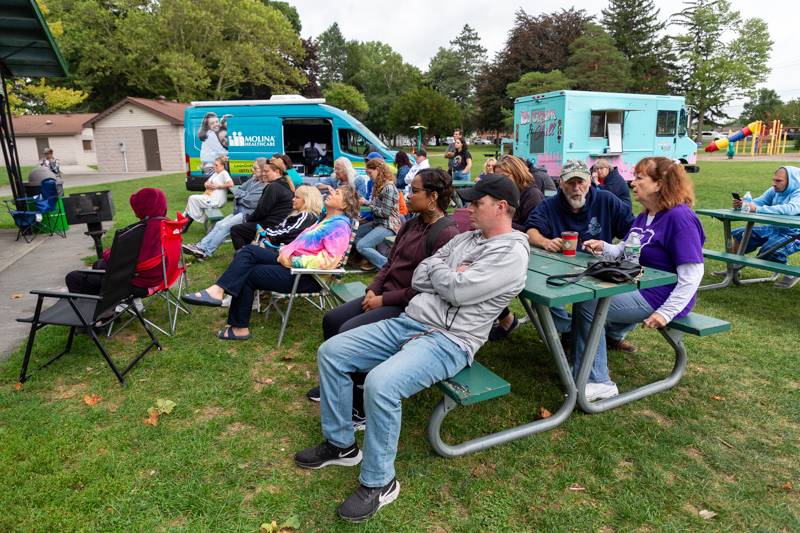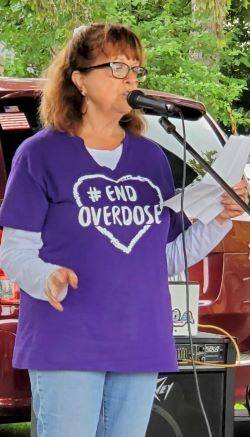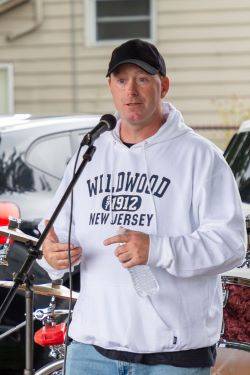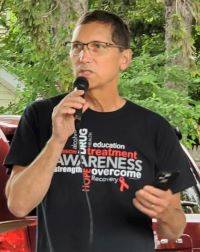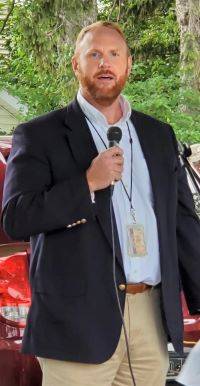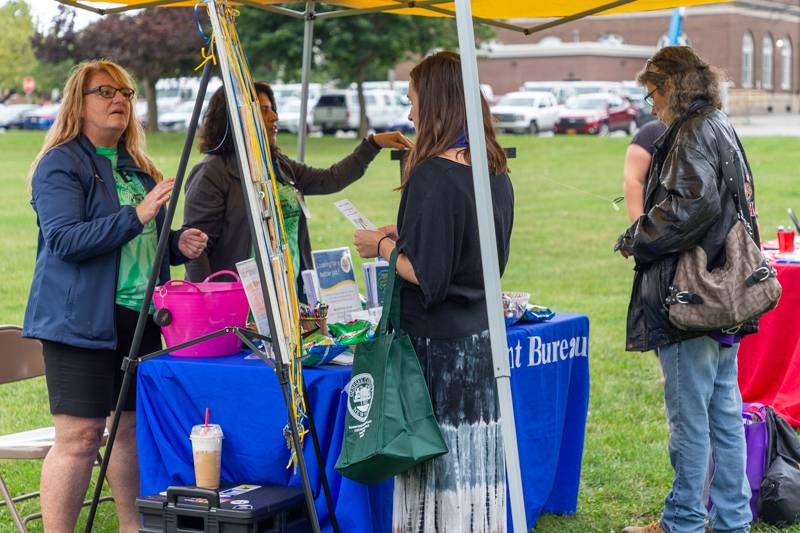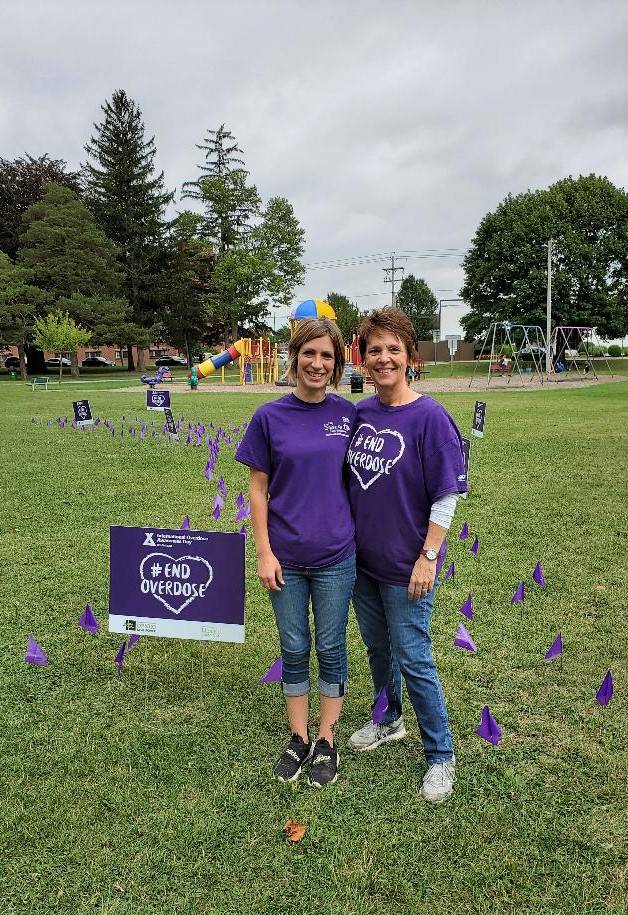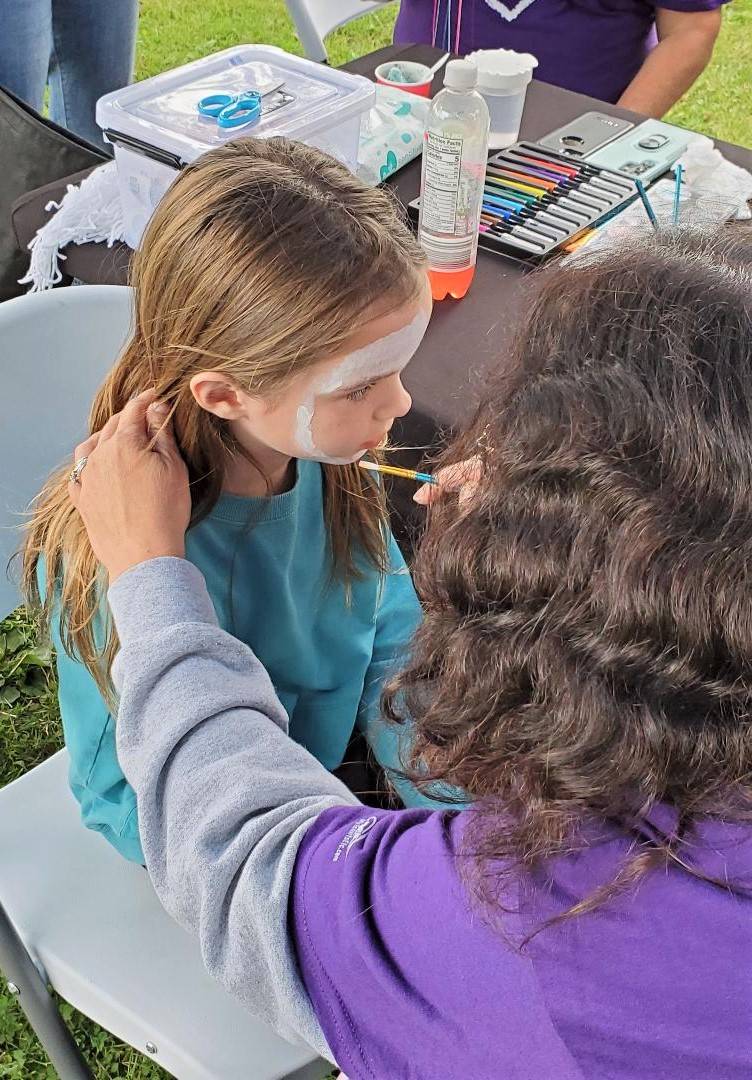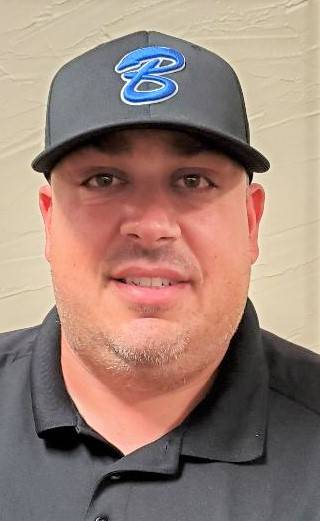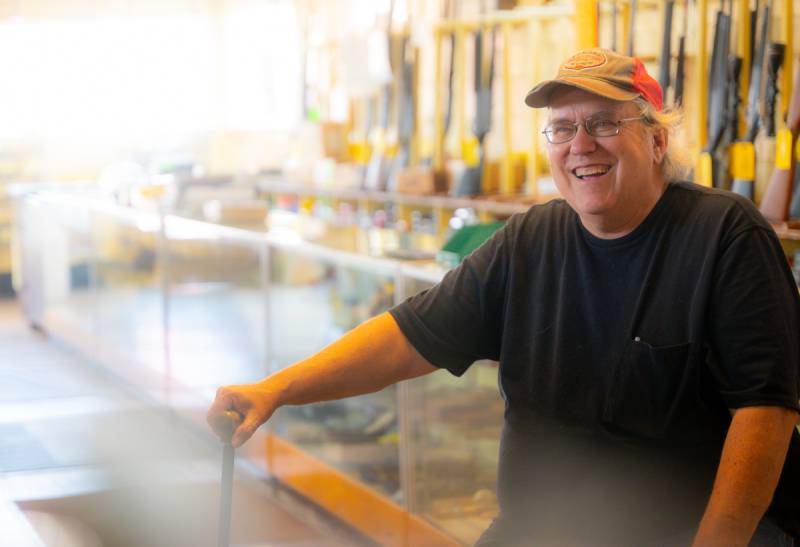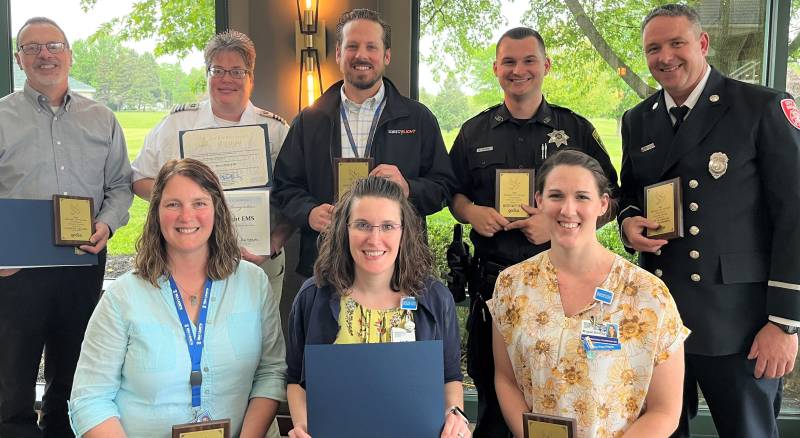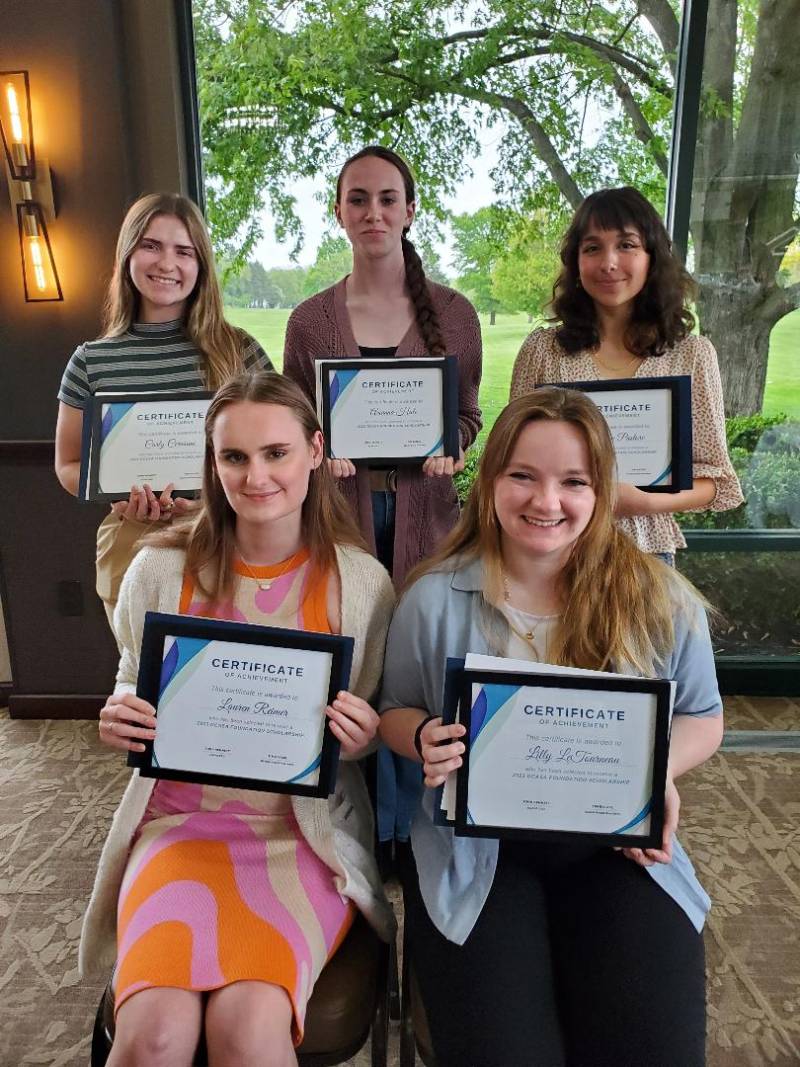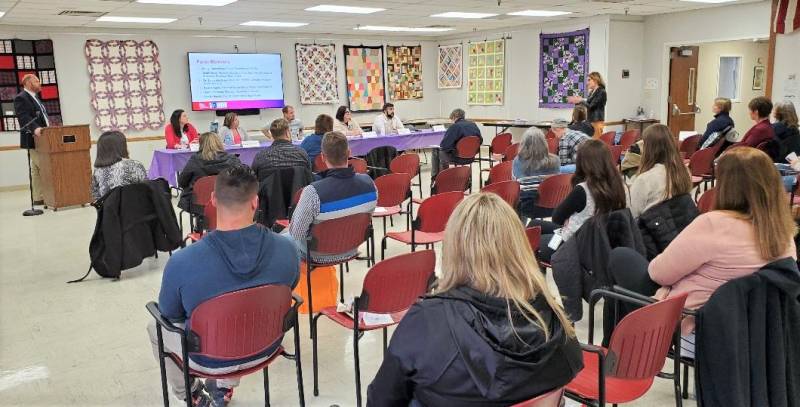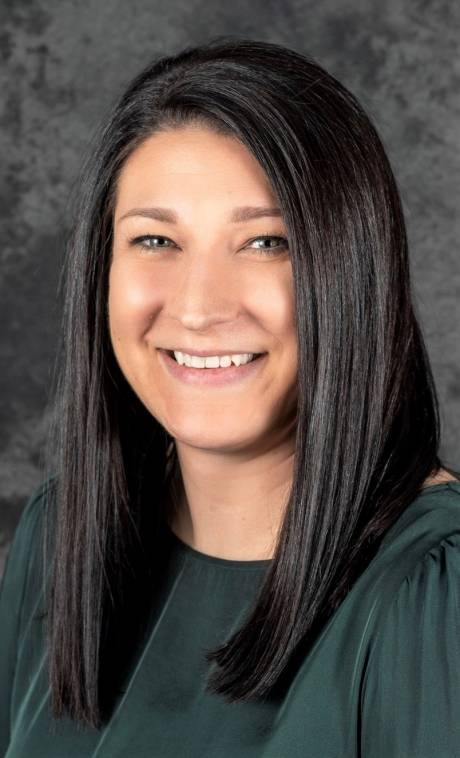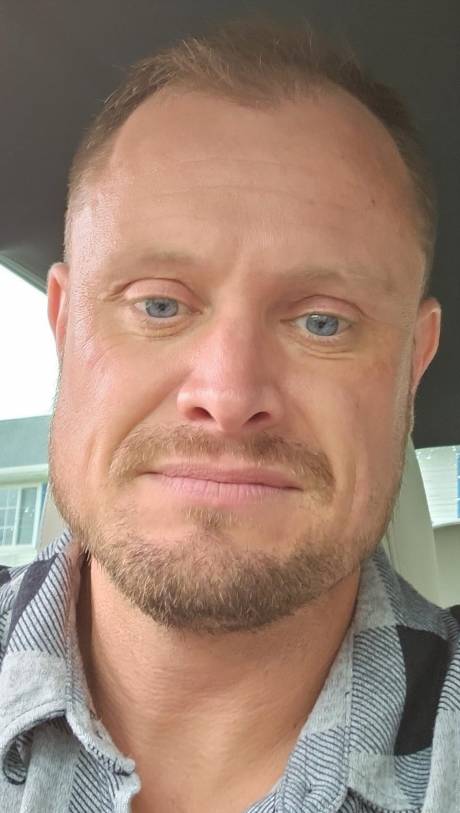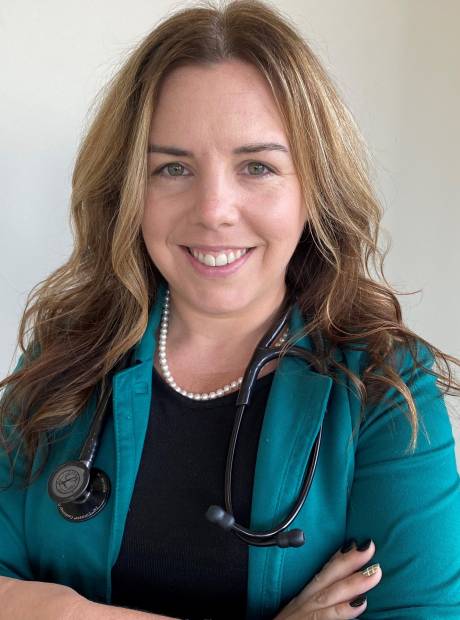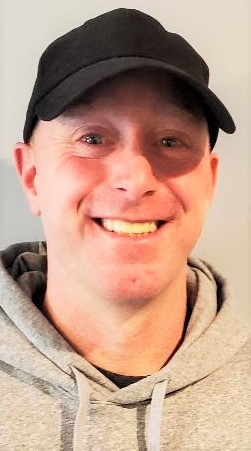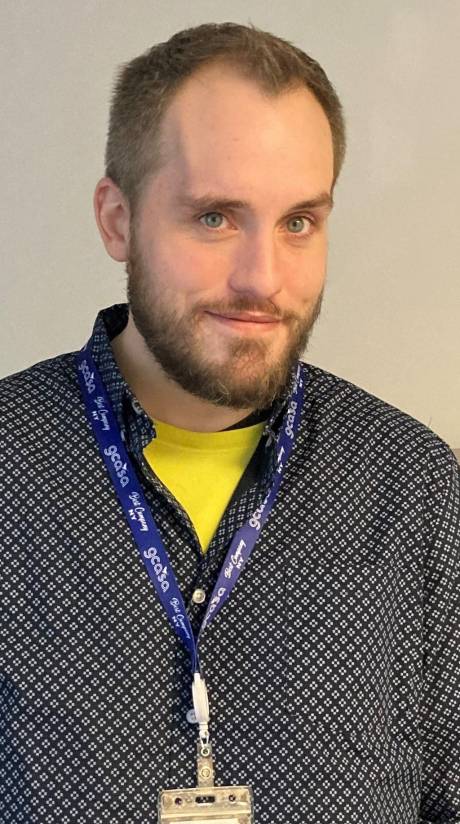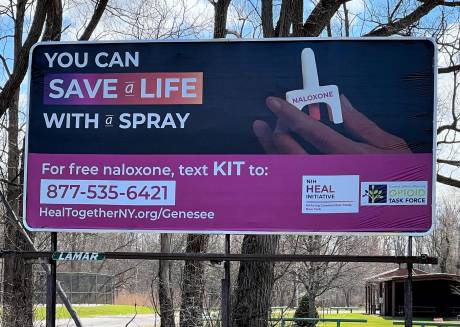GCASA's new women and children's residence in Albion to serve Genesee County needs

Providing a safe and secure place to live for women battling substance use disorder, including those with children, is yet another vital phase of the mission of Genesee/Orleans Council on Alcoholism and Substance Abuse to offer a wide spectrum of care.
“This project is only one of maybe three similar facilities west of Syracuse,” said GCASA Chief Executive Officer John Bennett, speaking of the agency’s 25-bed women and children’s residence that will be located on Butts Road in Albion. “We will serve Genesee and Orleans counties, primarily, and also the Western and Finger Lakes regions.”
Part of the wooded nine-acre lot just outside of the Albion village limits is being cleared to make way for the construction of the building frame and roof this fall, Bennett said. The home – which will take on a woodsy look of green siding and black window trim -- is expected to open around October of next year.
“Once open, it will include an early childhood learning center, walking paths in the woods, a large playground, a small workout area for residents, an area for arts and crafts, and more,” he offered. “We continue to find ways to break down barriers for individuals to enter and remain in treatment services. We currently offer extra services such as our drop-in daycare, transportation, case management, recovery services, and a 24/7 peer hotline, as well as our core services.”
GCASA has expanded its programs exponentially under Bennett’s guidance, with its workforce tripling in size over the past 15 years. The women’s and children’s residential facility in Albion fills a great need in substance use treatment, he noted.
“Since 2015, we have seen a significant increase in our female (client) population,” Bennett said. “It used to be 75 percent men and 25 percent women. Now, with opioids – pills – becoming more popular among women, the need in the community to serve women has multiplied.
“One of the barriers for women entering a residential program is, ‘Who will care for their children?’ In our program, women will be able to have their children (under school age) with them while in care.”
Bennett said the Albion location will provide services to women 18 and older during their recovery, with five of the 25 units set up to accommodate women with children younger than kindergarten age. Up to two children can live in those units.
GCASA will operate the facility, with staffing at all hours, seven days a week, Bennett said. A grant from the New York State Department of Health has covered $4.6 million of the $5.2-million cost of construction.
“We looked at buying the Cloverhill Adult Home building in the village but it really wasn’t set up appropriately for the project. It would have taken much to convert and to rehab it,” he said. “When we did purchase the property on Butts Road, the Town of Albion was incredibly welcoming. It’s near to the village but provides privacy for the residents.”
Responding to questions from citizens in the area, Bennett said that only a small part of the land is designated as wetlands and that area will be left untouched, and that GCASA will put in plantings along the driveway upon completion to provide privacy for those living along Butts Road.
“GCASA always strives to be a good neighbor,” he said. “All of our buildings are well-kept.”
The agency is working with the firm of Fontanese Folts Aubrecht Ernst Architects, P.C., of Orchard Park, the same company that has contributed design expertise for seven other GCASA projects. Whitney East, Inc., based in Le Roy and Rochester, is the general contractor.
Bennett said that once operational, the women and children’s residence will enable GCASA to make the Atwater Community Residence in Batavia a “male-only” facility.
“When this is done, we’ll have significantly expanded our bed capacity for all -- providing stabilization, rehabilitation and re-entry into the community,” he said.
Disclosure: Mike Pettinella is the publicist for GCASA.















